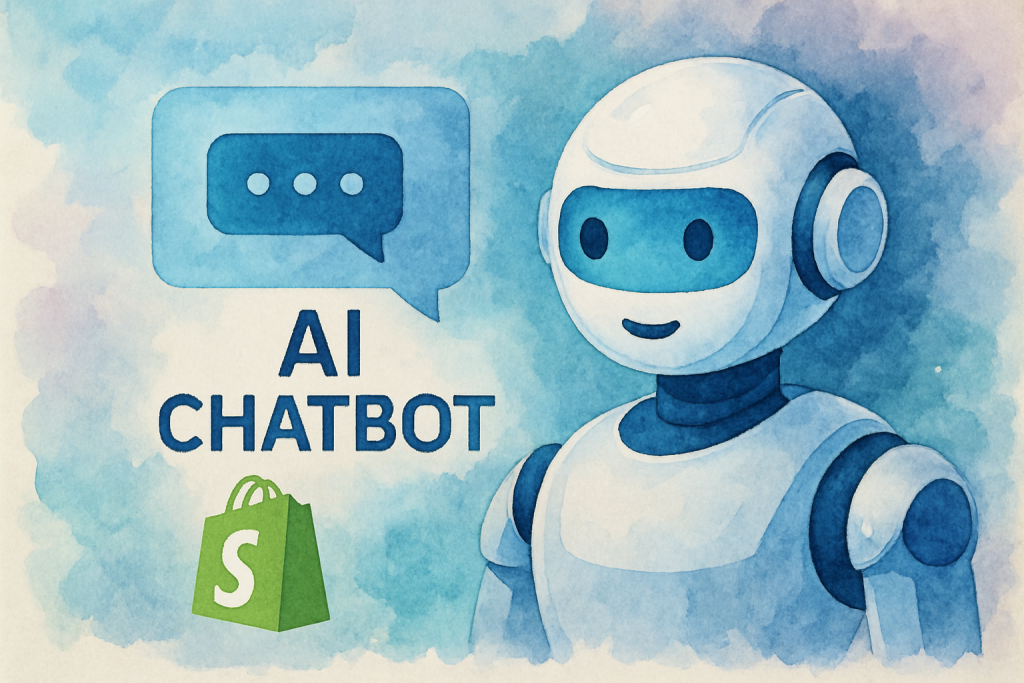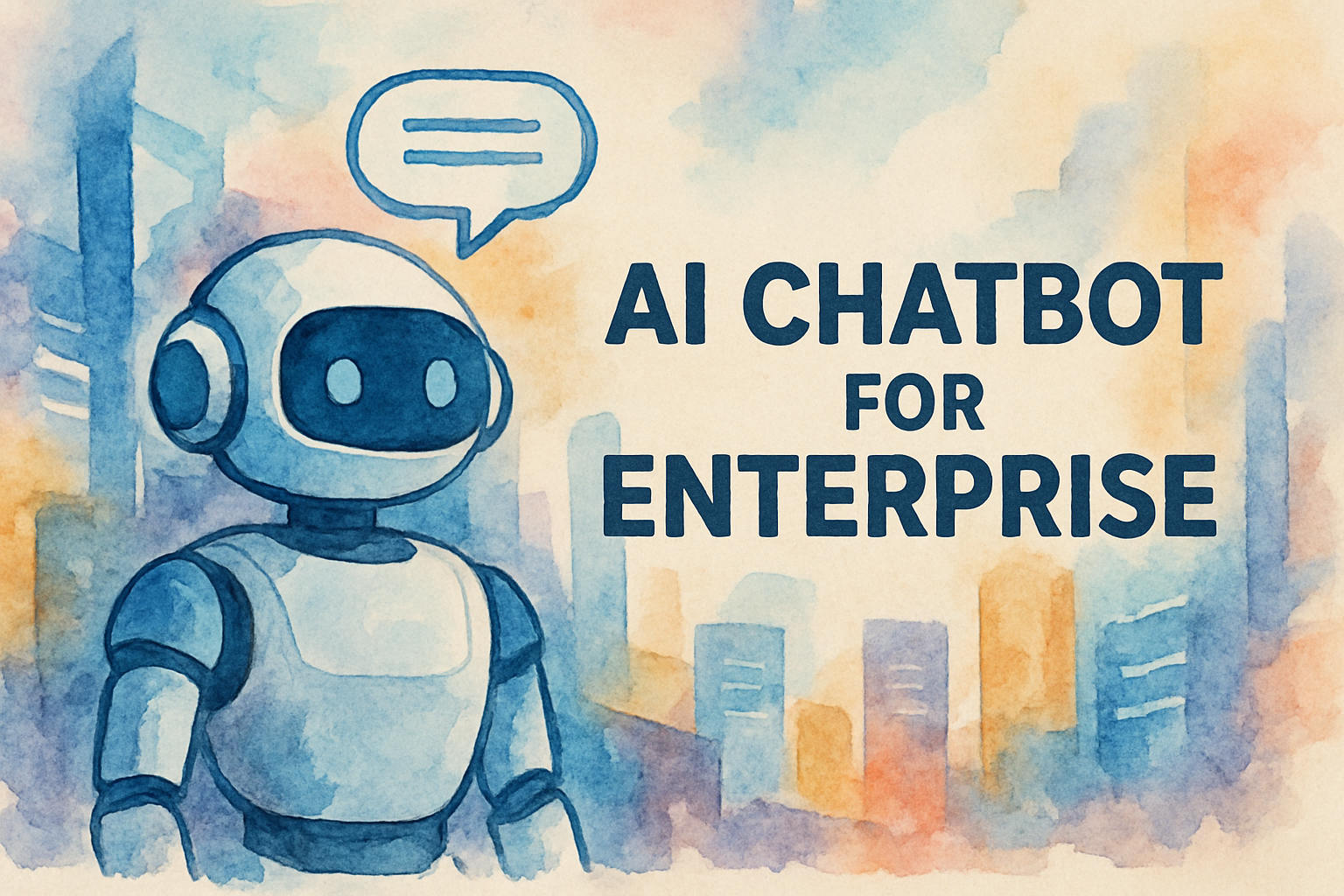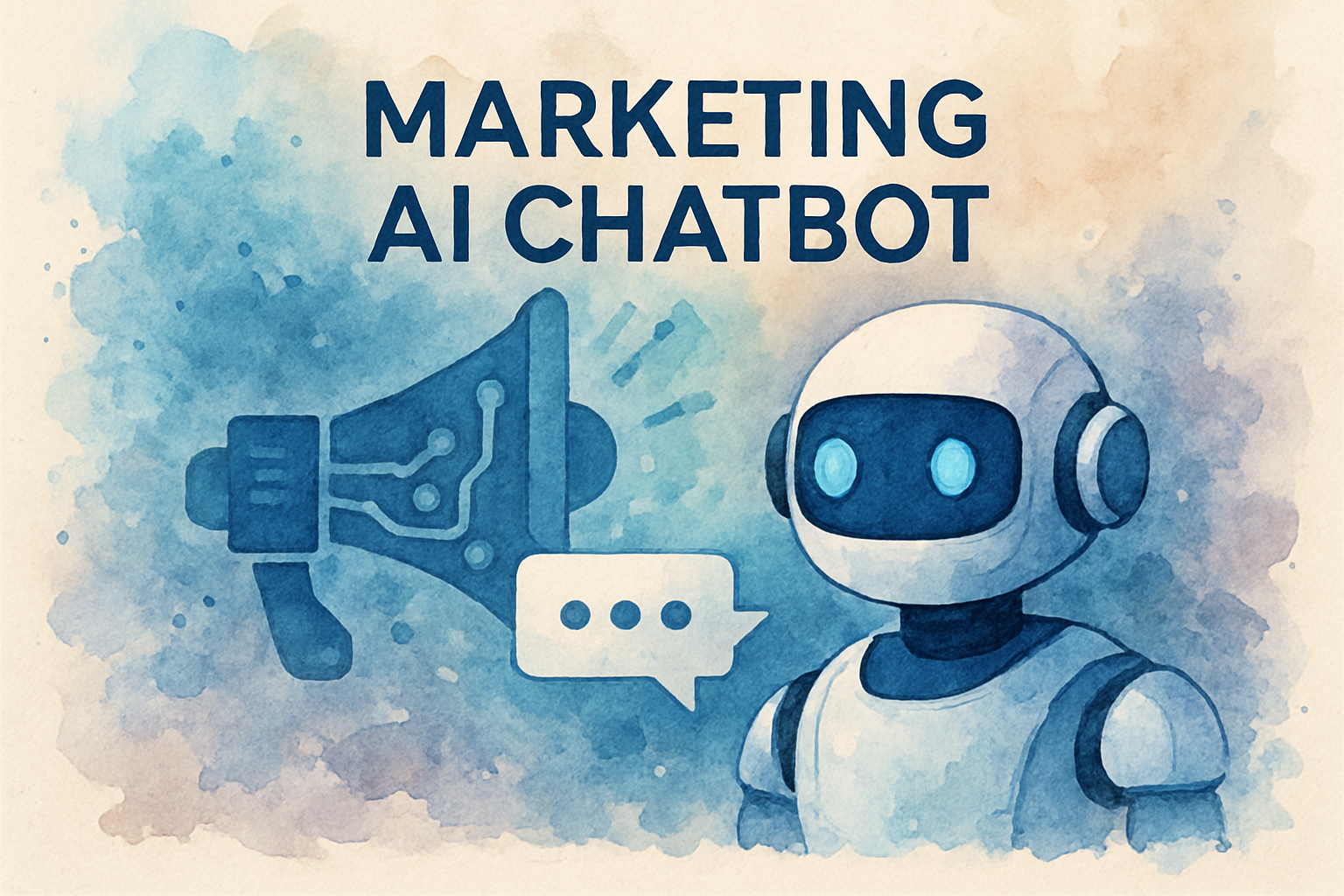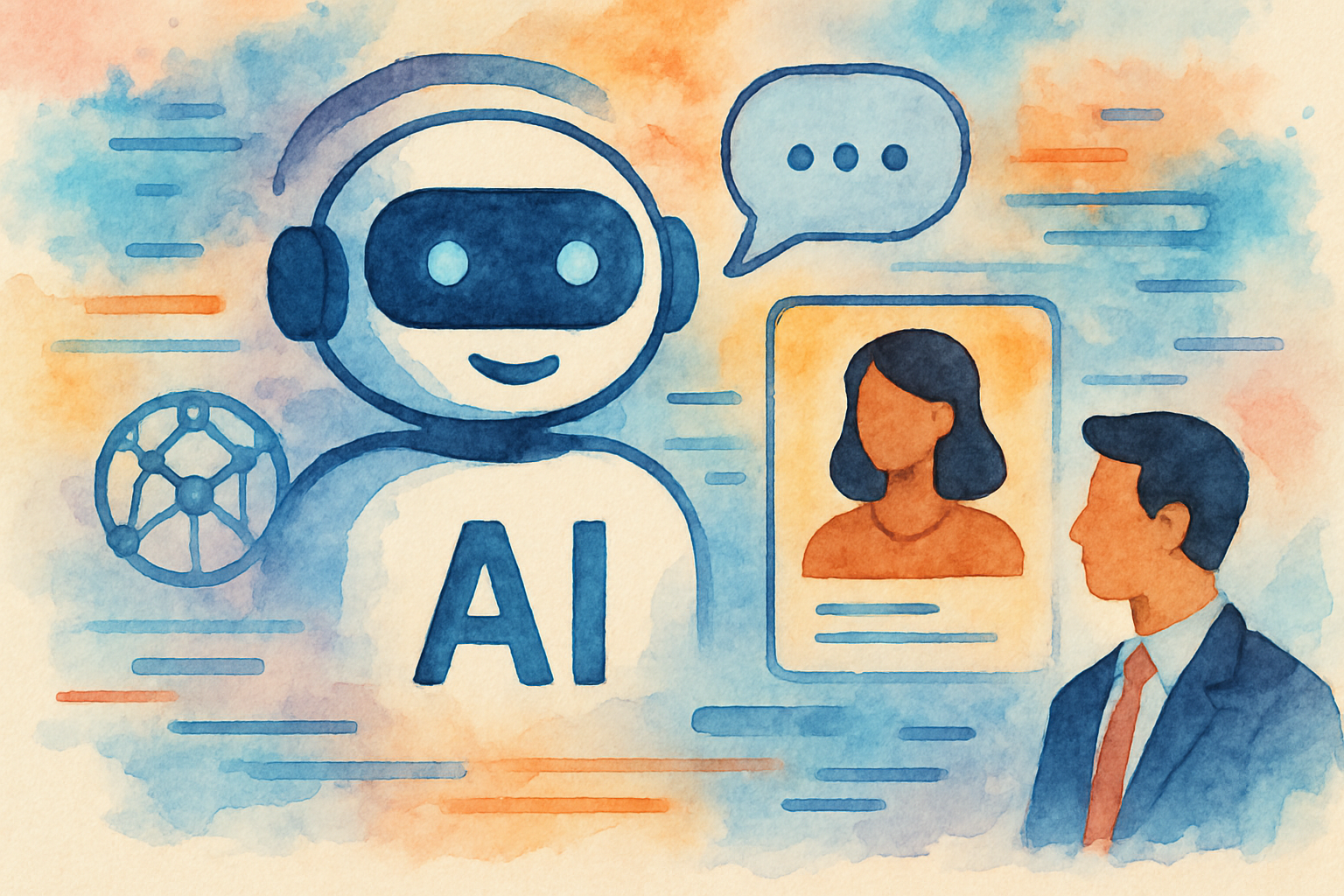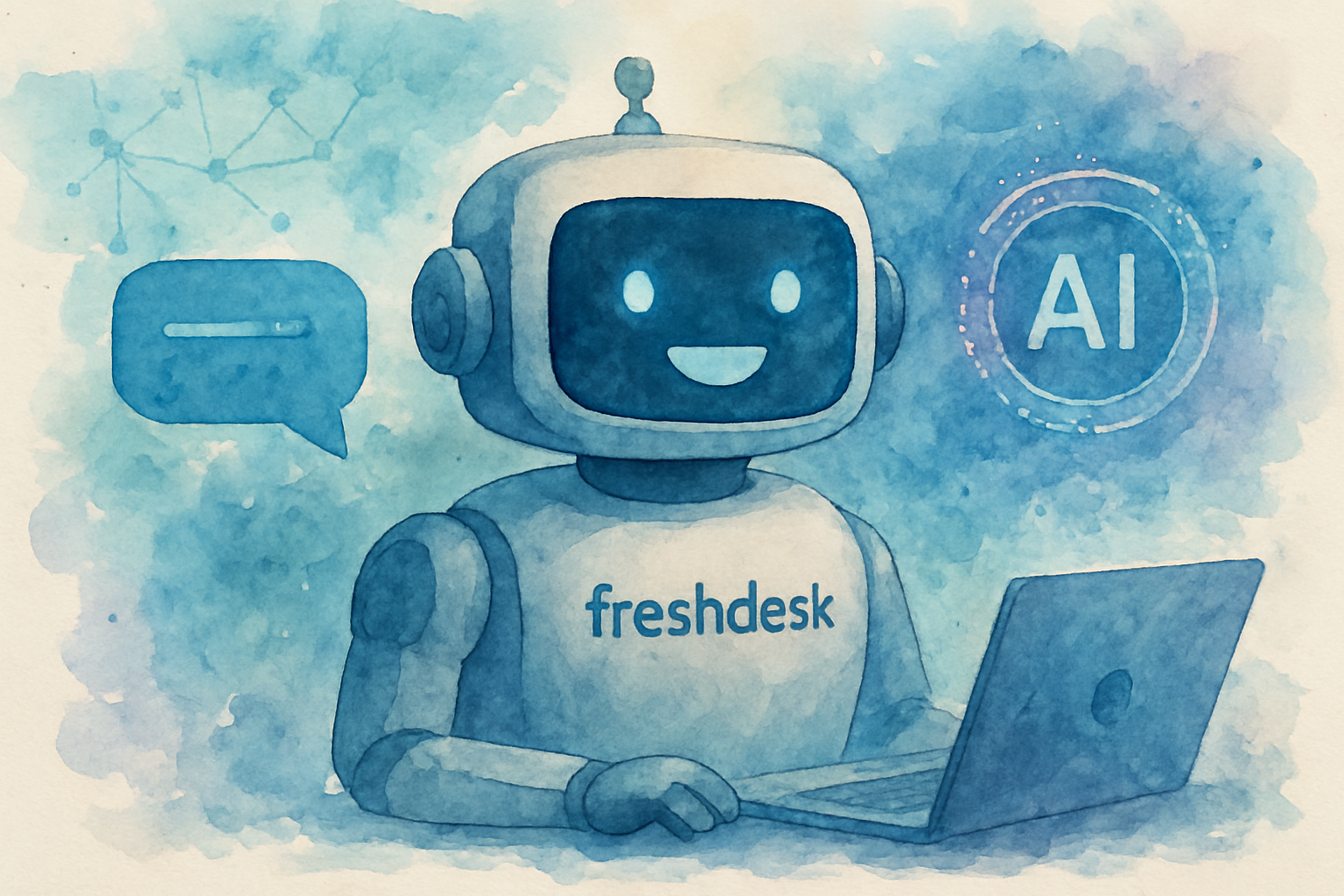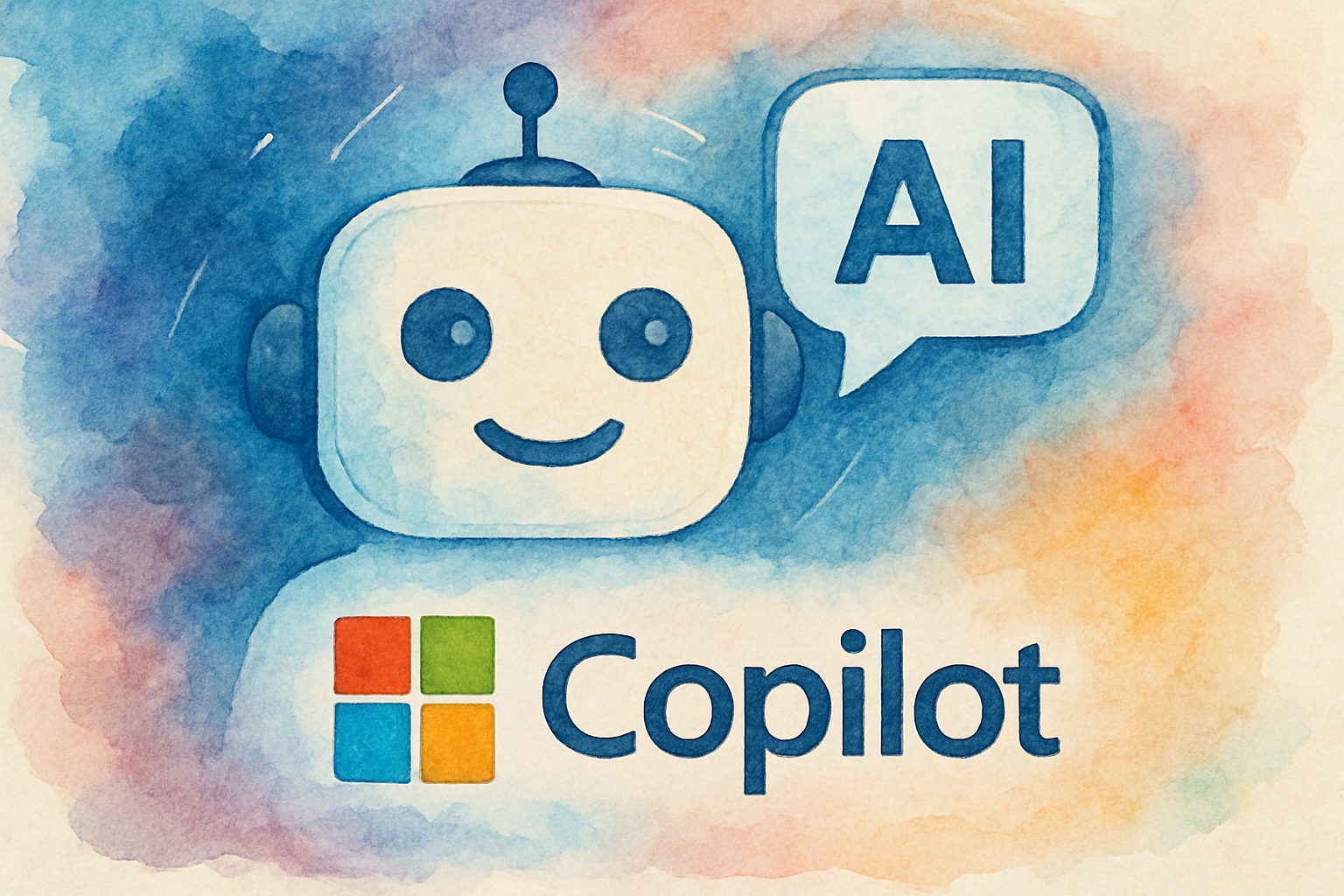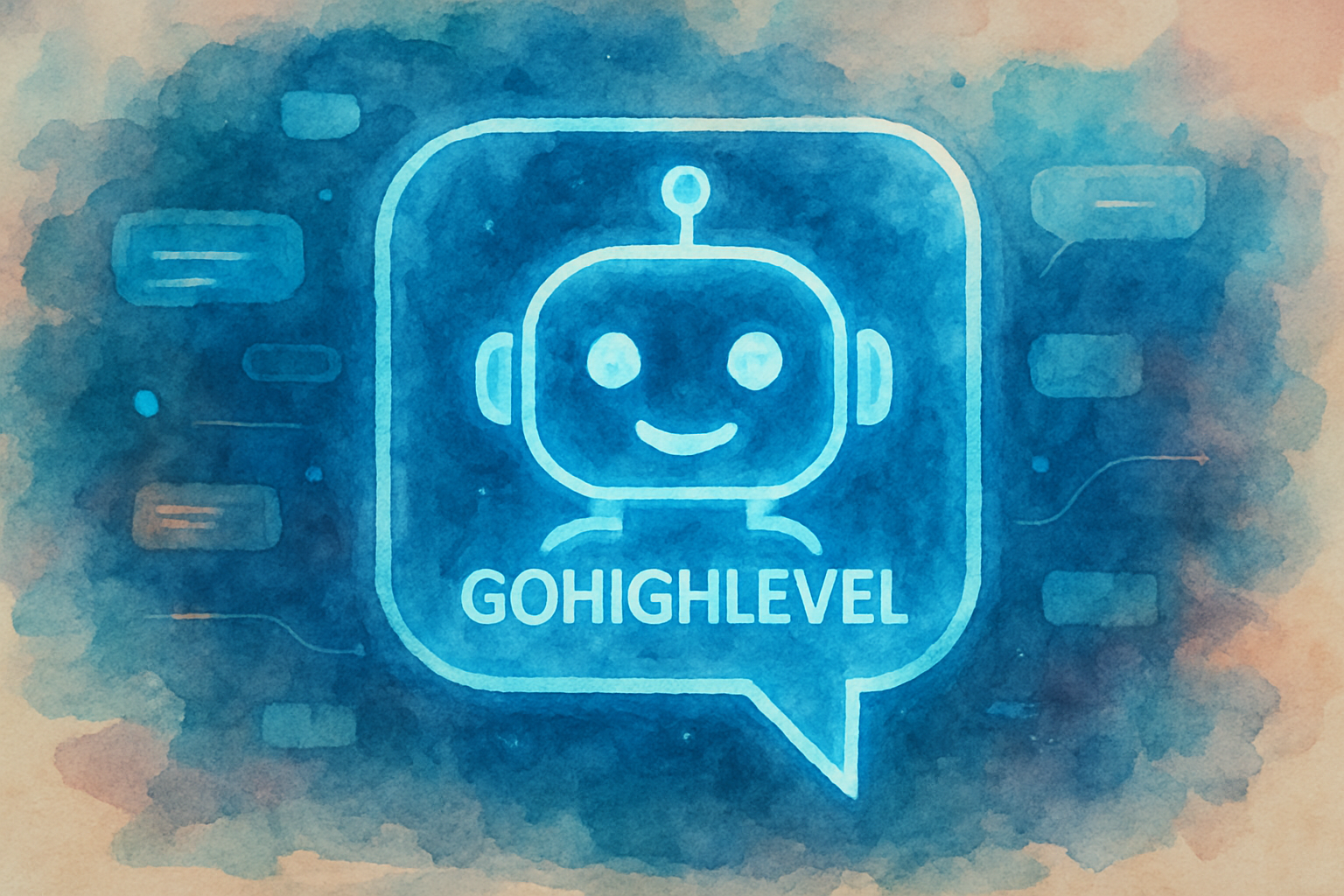10 Best Shopify AI Chatbots to Boost Sales in 2025
Introduction
Imagine losing a potential customer simply because they couldn’t get their question answered at 2 AM. In today’s fast-paced e-commerce landscape, customers expect instant responses, personalized recommendations, and seamless shopping experiences around the clock.
This is where a Shopify AI chatbot becomes your secret weapon. These intelligent virtual assistants are revolutionizing how online stores interact with customers, handling everything from product inquiries to order tracking without human intervention. According to recent studies, businesses using AI chatbots have seen up to 67% improvement in customer satisfaction and a 30% increase in sales conversions.
In this comprehensive guide, we’ll explore the 10 best Shopify AI chatbot solutions available in 2025. Whether you’re a small boutique or a large-scale retailer, you’ll discover how these powerful tools can transform your customer service, boost sales, and give you a competitive edge in the crowded e-commerce marketplace.
Understanding Shopify AI Chatbots and Their Growing Importance
A Shopify AI chatbot is an automated conversational tool powered by artificial intelligence that integrates directly with your Shopify store. Unlike traditional chatbots that follow rigid scripts, AI-powered chatbots use natural language processing (NLP) and machine learning to understand customer intent, provide personalized responses, and continuously improve their performance.
The e-commerce industry has witnessed explosive growth in chatbot adoption. Research from Juniper Networks predicts that chatbots will be responsible for cost savings of over $8 billion annually by 2025. For Shopify merchants specifically, this technology has become essential rather than optional.
Why AI Chatbots Matter for Shopify Stores
The modern consumer journey is complex and non-linear. Shoppers browse multiple devices, compare prices across platforms, and expect immediate assistance whenever they need it. Traditional customer service models simply cannot scale to meet these demands without significant cost increases.
AI chatbots bridge this gap by providing instant, accurate responses to customer queries while simultaneously collecting valuable data about customer preferences and behavior. They work tirelessly 24/7, never take breaks, and can handle thousands of conversations simultaneously—something impossible for human teams alone.
Current Trends Shaping Shopify AI Chatbot Technology
The landscape of conversational AI is evolving rapidly. In 2025, we’re seeing several key trends that make Shopify AI chatbots more powerful than ever:
- Hyper-personalization: Modern chatbots analyze browsing history, purchase patterns, and customer preferences to deliver tailored product recommendations
- Multilingual capabilities: Advanced language models enable chatbots to communicate fluently in dozens of languages, expanding global reach
- Voice integration: Voice-activated shopping through chatbots is becoming mainstream, especially on mobile devices
AI chatbots now anticipate customer needs before they’re even expressed, proactively offering solutions
Key Benefits of Implementing a Shopify AI Chatbot
Integrating an AI chatbot into your Shopify store delivers transformative benefits that directly impact your bottom line. Let’s explore the most compelling advantages that make this technology indispensable for modern e-commerce businesses.
1. Dramatic Increase in Sales Conversions
AI chatbots act as virtual sales assistants, guiding customers through their purchase journey with personalized recommendations. When a shopper hesitates, the chatbot can offer timely discounts, answer product questions, or suggest complementary items. Studies show that stores using AI chatbots experience conversion rate increases of 20-40%.
The chatbot identifies buying signals and intervenes at critical moments—when a customer lingers on a product page, adds items to cart but doesn’t check out, or searches for specific features. This proactive engagement significantly reduces cart abandonment and increases average order value.
2. Round-the-Clock Customer Support Without Additional Costs
Hiring customer service representatives for 24/7 coverage is prohibitively expensive for most businesses. A Shopify AI chatbot provides continuous support without the overhead costs of salaries, benefits, or training programs.
Your chatbot handles routine inquiries about shipping times, return policies, product specifications, and order status instantly. This frees your human team to focus on complex issues that truly require personal attention, optimizing your resource allocation.
3. Enhanced Customer Experience and Satisfaction
Today’s consumers value speed and convenience above almost everything else. AI chatbots deliver instant responses, eliminating frustrating wait times that drive customers to competitors. They remember previous interactions, creating continuity in the customer relationship.
Moreover, chatbots never have bad days—they maintain consistent, friendly communication regardless of volume or time of day. This reliability builds trust and encourages repeat purchases.
4. Valuable Data Collection and Insights
Every chatbot conversation generates valuable data about customer preferences, pain points, and buying behaviors. This information helps you refine your product offerings, improve your marketing messages, and identify emerging trends before competitors.
The 10 Best Shopify AI Chatbots for 2025
After extensive research and testing, we’ve identified the top-performing AI chatbot solutions for Shopify stores. Each offers unique strengths suited to different business needs and budgets.
1. Tidio
Tidio combines live chat, chatbots, and email marketing in one powerful platform. Its visual chatbot builder requires no coding knowledge, making it accessible for merchants of all technical levels. Tidio’s AI learns from your product catalog and customer interactions to provide increasingly accurate responses over time.
Best for: Small to medium-sized stores seeking an all-in-one communication solution
2. Gorgias
Gorgias specializes in e-commerce customer service automation, with deep Shopify integration that allows the chatbot to access order information, modify subscriptions, and process refunds directly within conversations. Its automation rules handle repetitive tasks while routing complex issues to human agents seamlessly.
Best for: Growing stores with high support ticket volumes
3. Octane AI
Octane AI focuses on conversational commerce, using quizzes and interactive experiences to guide product discovery. Its Facebook Messenger integration and SMS capabilities create omnichannel engagement that drives sales through personalized recommendations.
Best for: Stores with large product catalogs needing sophisticated product matching
4. Chatfuel
Chatfuel offers robust automation capabilities with particular strength in social media integration. Its AI understands natural language queries and can handle complex conversation flows across multiple platforms including Facebook, Instagram, and your Shopify store.
Best for: Brands with strong social media presence seeking unified messaging
5. ManyChat
ManyChat excels at marketing automation through conversational interfaces. Beyond customer service, it creates engaging campaigns that nurture leads, recover abandoned carts, and announce new products through interactive chat experiences.
Best for: Marketing-focused merchants wanting to drive engagement and repeat purchases
6. Drift
Drift brings enterprise-level conversational marketing to Shopify stores. Its AI qualifies leads, books meetings, and personalizes the buying experience based on visitor behavior and firmographic data. Advanced targeting ensures the right message reaches the right customer at the right time.
Best for: B2B Shopify stores and high-ticket retailers
7. Ada
Ada’s no-code platform empowers businesses to build sophisticated chatbot experiences without technical expertise. Its AI handles complex queries across multiple languages and integrates with your entire tech stack for seamless data flow.
Best for: International stores requiring multilingual support
8. Zendesk Chat
Best for: Stores already using Zendesk or needing enterprise-grade support tools
9. Intercom
Intercom’s Resolution Bot uses machine learning to resolve customer issues instantly while collecting feedback to improve over time. Its proactive messaging capabilities engage customers based on behavior triggers, increasing conversion opportunities.
Best for: SaaS products sold through Shopify and subscription-based businesses
10. Reamaze
Reamaze provides a unified inbox that combines chatbot automation with human support seamlessly. Its AI handles routine questions while intelligently escalating complex issues, ensuring customers always receive appropriate assistance.
Best for: Stores wanting balanced automation with strong human support capabilities
Step-by-Step Implementation Guide for Your Shopify AI Chatbot
Successfully deploying a Shopify AI chatbot requires strategic planning and careful execution. Follow this comprehensive guide to ensure smooth implementation and maximum ROI.
Step 1: Define Your Chatbot’s Purpose and Goals
Before selecting a platform, clearly identify what you want your chatbot to accomplish. Are you primarily focused on customer support, sales conversion, lead generation, or all three? Establish measurable KPIs such as response time reduction, conversion rate improvement, or support ticket deflection percentage.
Document the most common customer questions your team handles. These will form the foundation of your chatbot’s knowledge base. Analyze your customer service data to identify patterns and prioritize which issues your chatbot should address first.
Step 2: Choose the Right Platform for Your Needs
Evaluate chatbot platforms based on your specific requirements, budget, and technical capabilities. Consider factors like:
- Integration depth with Shopify and your other tools
- Ease of setup and ongoing management
- Scalability as your business grows
- Pricing structure and total cost of ownership
- Quality of customer support and documentation
Most platforms offer free trials—take advantage of these to test functionality before committing.
Step 3: Design Conversation Flows That Feel Natural
Map out conversation paths for different customer scenarios. Your chatbot should guide users efficiently toward solutions without feeling robotic or frustrating. Use branching logic to handle various responses and always provide an easy path to human assistance when needed.
Write chatbot responses in your brand voice, keeping messages concise and friendly. Avoid jargon and overly formal language. Test your flows with real users to identify confusing points or dead ends.
Step 4: Train Your AI with Quality Data
Feed your chatbot comprehensive information about your products, policies, and procedures. The more context it has, the better it will perform. Include product descriptions, FAQs, shipping information, return policies, and common troubleshooting steps.
Continuously refine the chatbot’s knowledge base based on actual customer interactions. Review conversations regularly to identify gaps in understanding or areas where responses could be improved.
Step 5: Test Thoroughly Before Launch
Conduct extensive testing across different devices, browsers, and scenarios. Have team members and trusted customers interact with the chatbot, providing feedback on accuracy, helpfulness, and user experience.
Create a testing checklist that covers all major conversation paths, edge cases, and integration points with your Shopify store. Fix any issues before making the chatbot publicly available.
Step 6: Launch Strategically and Monitor Performance
Consider a soft launch to a subset of your traffic initially, allowing you to identify and resolve issues before full deployment. Announce the chatbot to your customers, explaining how it can help them and setting appropriate expectations.
Monitor key metrics closely during the first weeks: response accuracy, customer satisfaction scores, conversation completion rates, and impact on sales. Use this data to make rapid improvements.
Best Practices for Ongoing Optimization
Your Shopify AI chatbot should evolve continuously. Schedule regular reviews of chatbot performance, analyzing which conversations succeed and which fail. Update your knowledge base as you add new products or change policies.
Collect customer feedback specifically about the chatbot experience. Simple thumbs up/down ratings after conversations provide valuable insight into what’s working. Act on this feedback promptly to maintain customer trust.
Overcoming Common Shopify AI Chatbot Challenges
While AI chatbots offer tremendous benefits, implementation isn’t without obstacles. Understanding these challenges and their solutions ensures your chatbot delivers maximum value.
Challenge 1: Handling Complex or Unusual Queries
No matter how sophisticated your AI, some customer questions will exceed its capabilities. Customers become frustrated when chatbots repeatedly fail to understand or provide irrelevant responses.
Solution: Implement intelligent escalation that recognizes when the chatbot is struggling and smoothly transfers to human agents. Set clear expectations upfront about what the chatbot can and cannot do. Continuously expand the chatbot’s knowledge base based on questions it couldn’t answer.
Challenge 2: Maintaining Brand Voice and Personality
Generic, robotic responses damage your brand identity and create disconnected customer experiences. Your chatbot should feel like a natural extension of your brand, not a separate entity.
Solution: Develop detailed brand voice guidelines specifically for chatbot interactions. Include examples of appropriate language, tone, and personality traits. Review and refine chatbot responses regularly to ensure consistency with your overall brand communication.
Challenge 3: Integration Complexity with Existing Systems
Connecting your Shopify AI chatbot with other tools in your tech stack—CRM, email marketing, inventory management—can be technically challenging, especially for non-technical merchants.
Solution: Choose chatbot platforms with pre-built integrations for your essential tools. Many modern solutions offer Zapier connectivity, enabling connections to thousands of apps without custom coding. If custom integration is necessary, work with experienced developers or agencies specializing in e-commerce automation.
Challenge 4: Balancing Automation with Human Touch
Over-automation can make customers feel like they’re talking to a machine rather than a brand that cares about them. Finding the right balance between efficiency and personalization is crucial.
Solution: Use automation for routine, transactional interactions while ensuring easy access to human support for emotional or complex issues. Train your chatbot to recognize sentiment and escalate conversations when customers express frustration. Personalize automated messages with customer names, purchase history, and relevant context.
Challenge 5: Measuring True ROI
Quantifying the exact return on investment from your chatbot can be difficult, as benefits span multiple areas from cost savings to revenue generation to customer satisfaction.
Solution: Establish baseline metrics before implementation, then track changes across multiple dimensions: support ticket volume reduction, average response time, conversion rate changes, customer satisfaction scores, and sales attributed to chatbot interactions. Calculate both hard savings (reduced support costs) and soft benefits (improved customer experience leading to retention).
Conclusion
The e-commerce landscape of 2025 demands instant, personalized, and intelligent customer interactions that traditional support models simply cannot deliver at scale. A well-implemented Shopify AI chatbot transforms your store’s customer experience while simultaneously reducing costs and increasing sales.
From Tidio’s user-friendly interface to Gorgias’s deep e-commerce integration, the 10 chatbot solutions we’ve explored offer powerful capabilities suited to businesses of all sizes and industries. The key is selecting the platform that aligns with your specific goals, budget, and technical capabilities.
Remember that successful chatbot implementation is a journey, not a destination. Start with clear objectives, choose the right platform, design thoughtful conversation flows, and continuously optimize based on real customer interactions. The stores that embrace this technology now will build significant competitive advantages as AI capabilities continue advancing.
The question isn’t whether you should implement a Shopify AI chatbot—it’s how quickly you can deploy one to start capturing the benefits. Your customers expect instant, helpful responses. Your competitors are already automating their customer interactions. The time to act is now.
Ready to transform your Shopify store with AI-powered customer engagement? Contact The Crunch to schedule a free consultation and discover how we can help you select, implement, and optimize the perfect chatbot solution for your business. Visit https://thecrunch.io/get-a-proposal/ to get started today.
Frequently Asked Questions (FAQ)
1. What is a Shopify AI chatbot?
2. How does a Shopify AI chatbot work?
3. How do I add an AI chatbot to my Shopify store?
4. What are the benefits of using an AI chatbot on Shopify?
5. How much does a Shopify AI chatbot cost?
6. Can a Shopify AI chatbot handle multiple languages?
7. How does a Shopify AI chatbot compare to live chat support?
8. Is it difficult to set up and customize a Shopify AI chatbot?
9. Are Shopify AI chatbots secure and privacy-compliant?
10. Can a Shopify AI chatbot help increase sales?
11. What are some common concerns about using AI chatbots on Shopify?
12. How do I measure the effectiveness of my Shopify AI chatbot?

